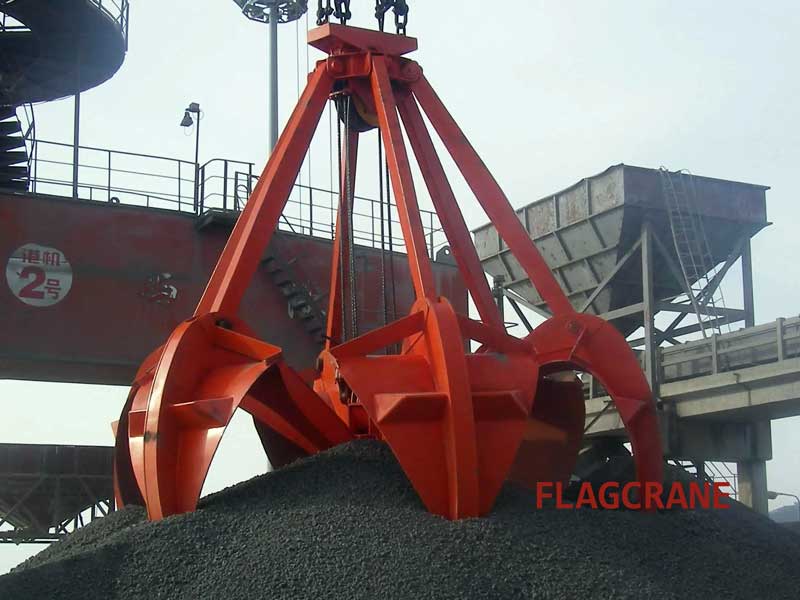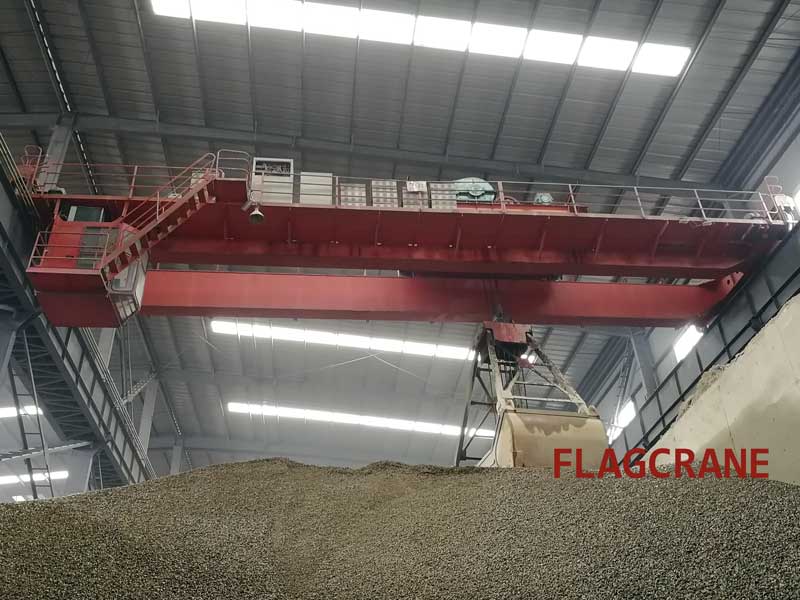How Does A Crane Grab Bucket Work?
Crane grab bucket is a special tool for bulk material handling. A crane equipped with a grab can grab bulk materials, such as sand, stone, wood, solid waste, scrap steel, etc. The following is the working principle of the crane grab bucket and how it works?

There are many types of grab buckets for grab cranes, which can be divided into three types: manual, electric, and hydraulic according to the driving mode. According to the different materials to be grabbed, it can be divided into two-petal flat grabs, multi-petal plum-shaped grabs and special wood grabs, etc. For example, grabbing sand and coal is more suitable for flat-mouth grabs, and solid waste can use multi-petal plum-blossom grabs , Wood can choose a special wood grab.
Crane grab bucket working process: hoist the grab to an appropriate position with a wire rope, put the grab down, and put the grab down with an open and close type wire rope. The bucket opens, and when the grab collides with the grab, the grab opens to the maximum. When the grab is opened, the center distance between the upper beam pulley and the lower beam pulley increases, and then the steel wire rope falls, and the opened grab falls on the bulk material to be grabbed, and then the steel wire rope is wound to grab the upper beam pulley The center distance with the lower beam pulley returns to the original position, thus completing the grabbing process. Put the full material into the closed grab bucket, lift the open and close wire rope, and run to the required unloading site through the orbit, and the grab bucket opens the unloading site to grab the bulk material.

Grab cranes have great advantages in bulk material grabbing and transportation, and are important transportation tools for wharf handling, incineration plants, forest farms and other units. Crane grabs are very important in bulk material handling.